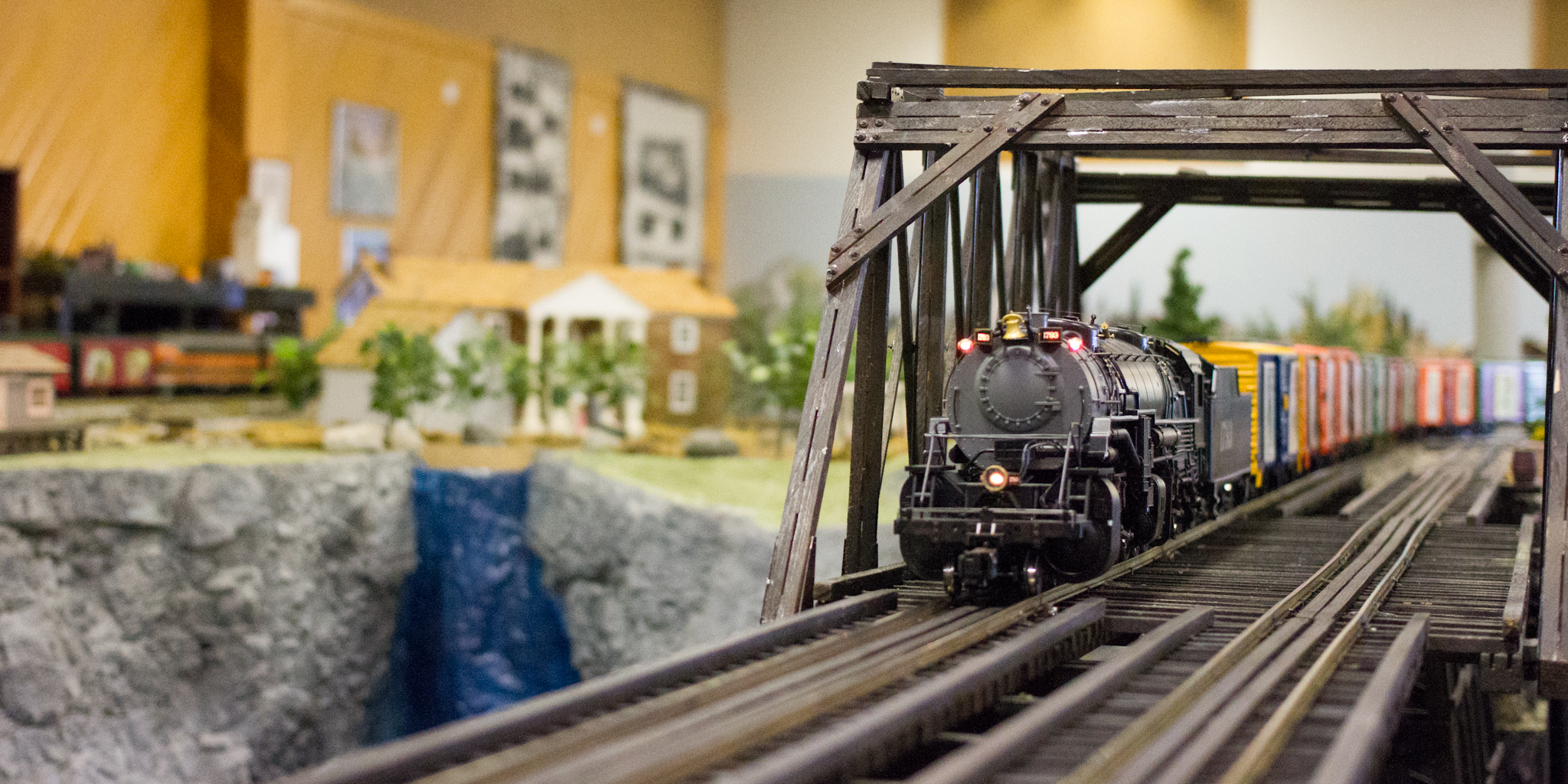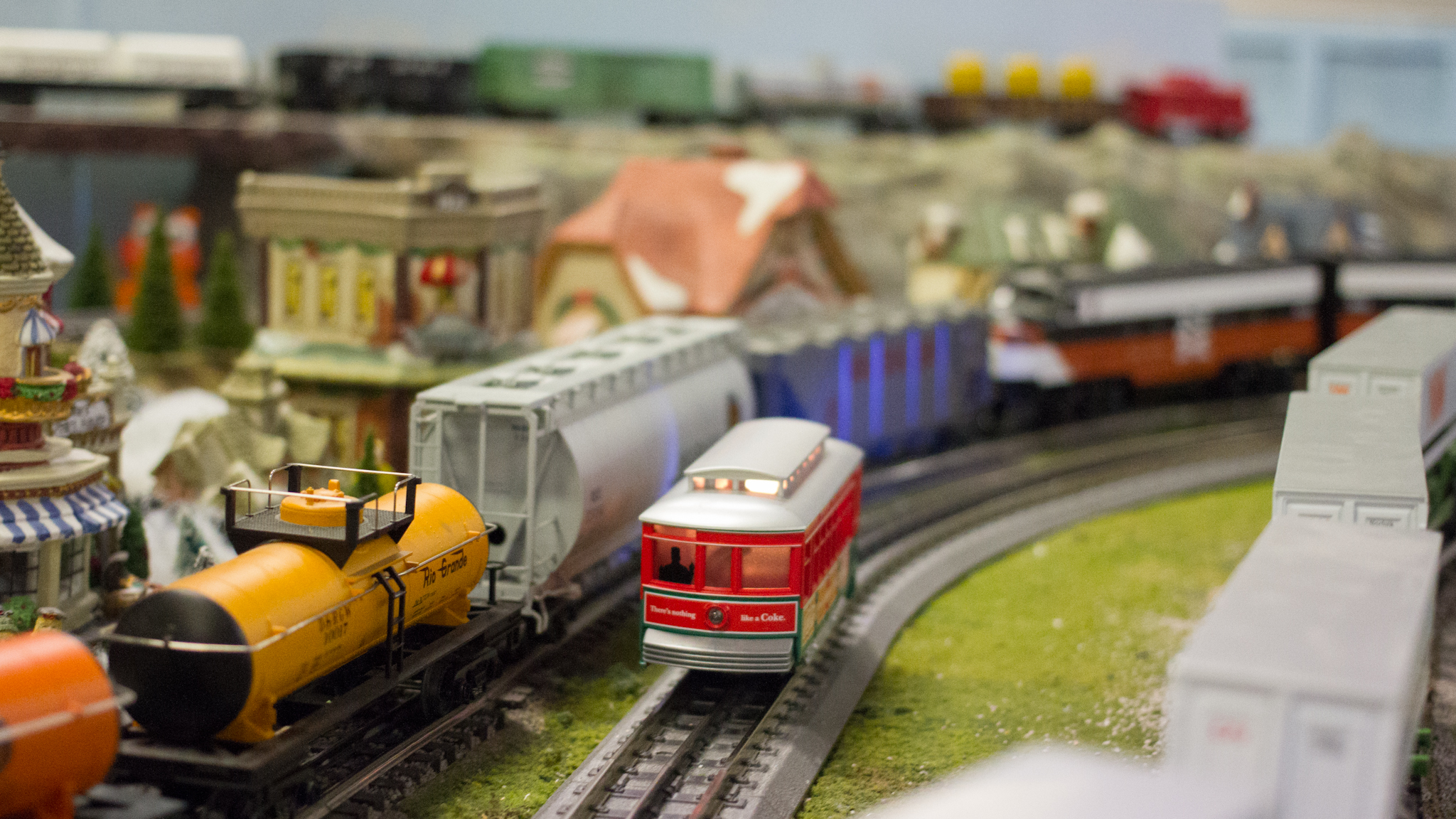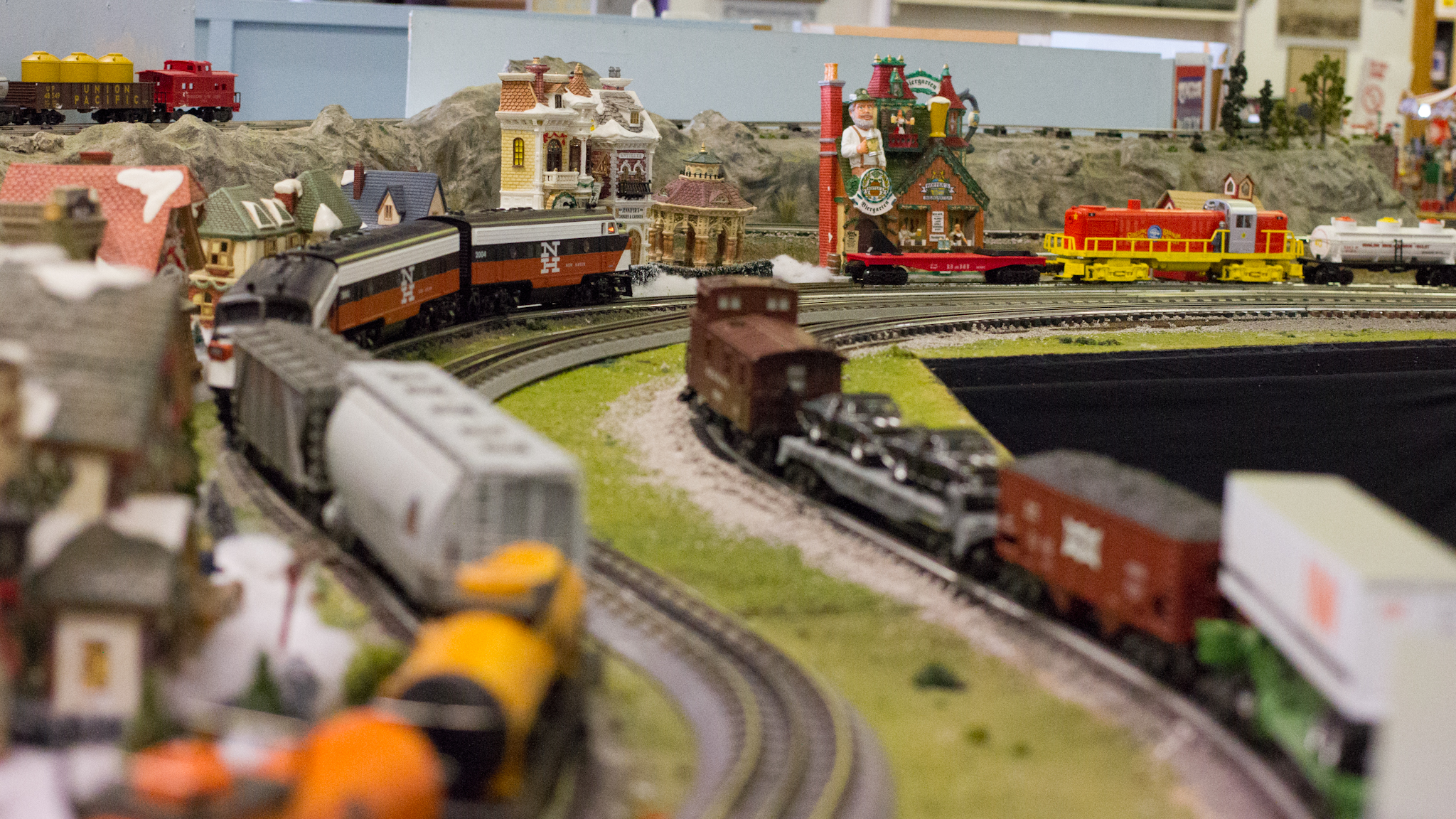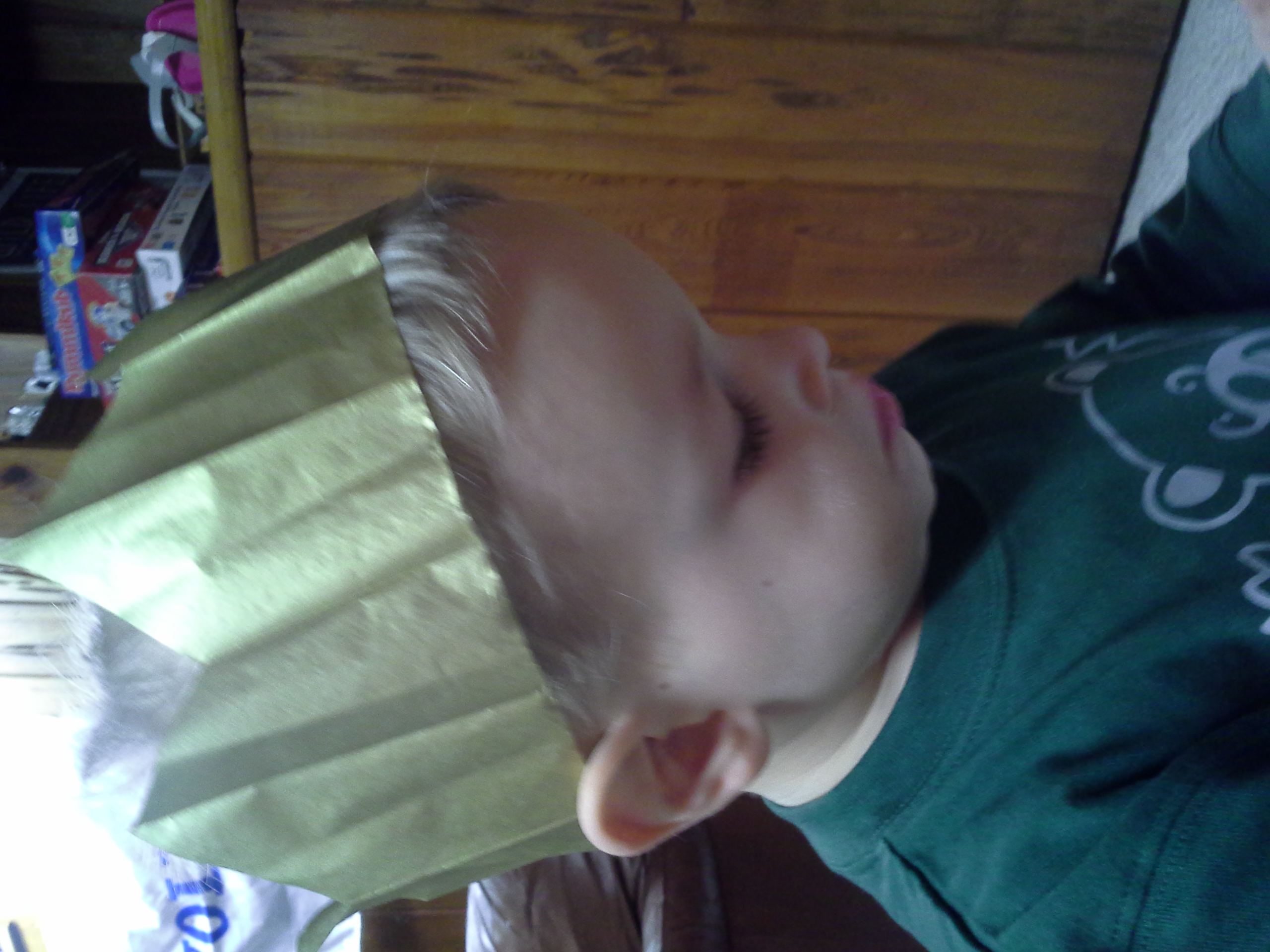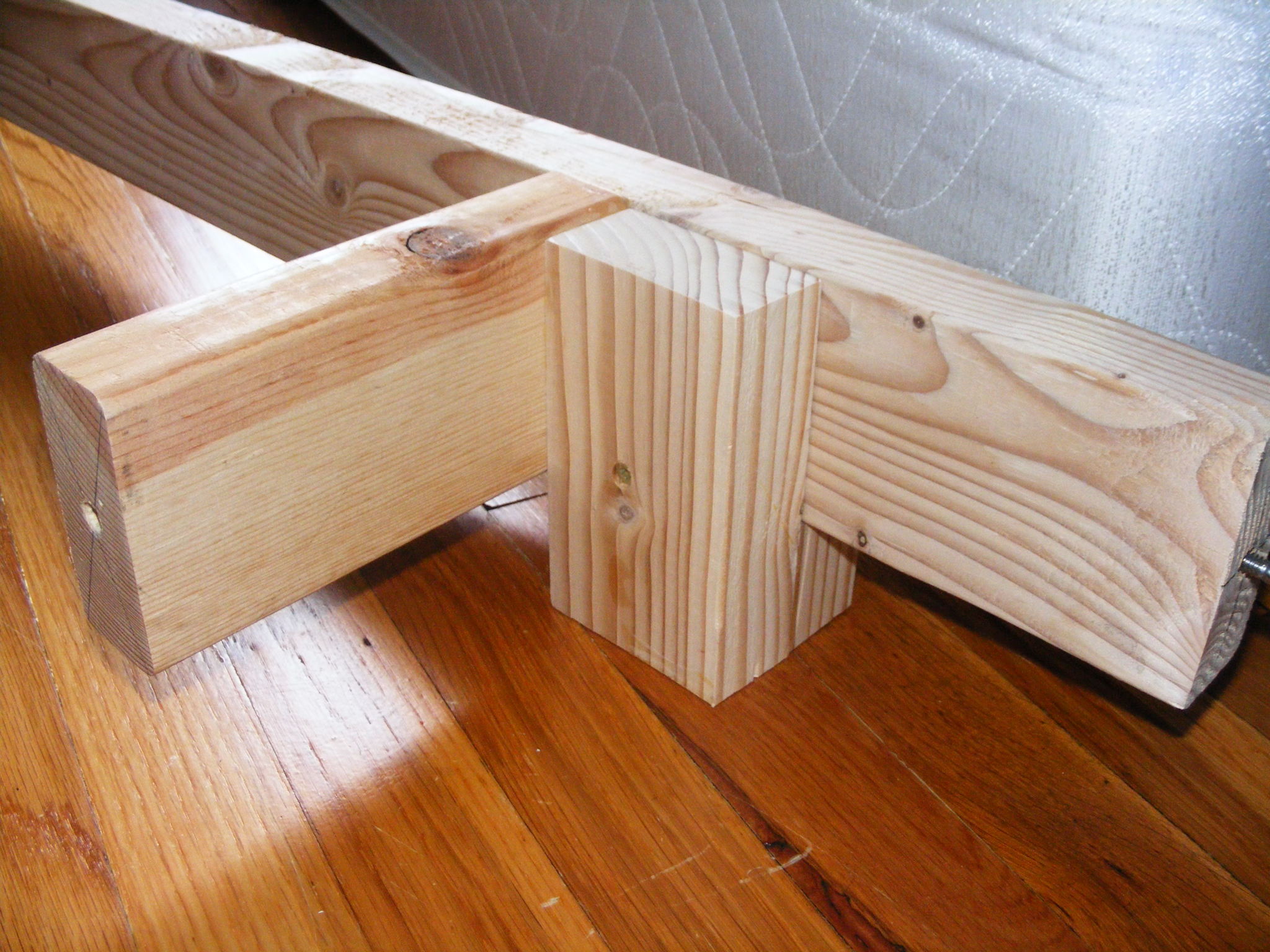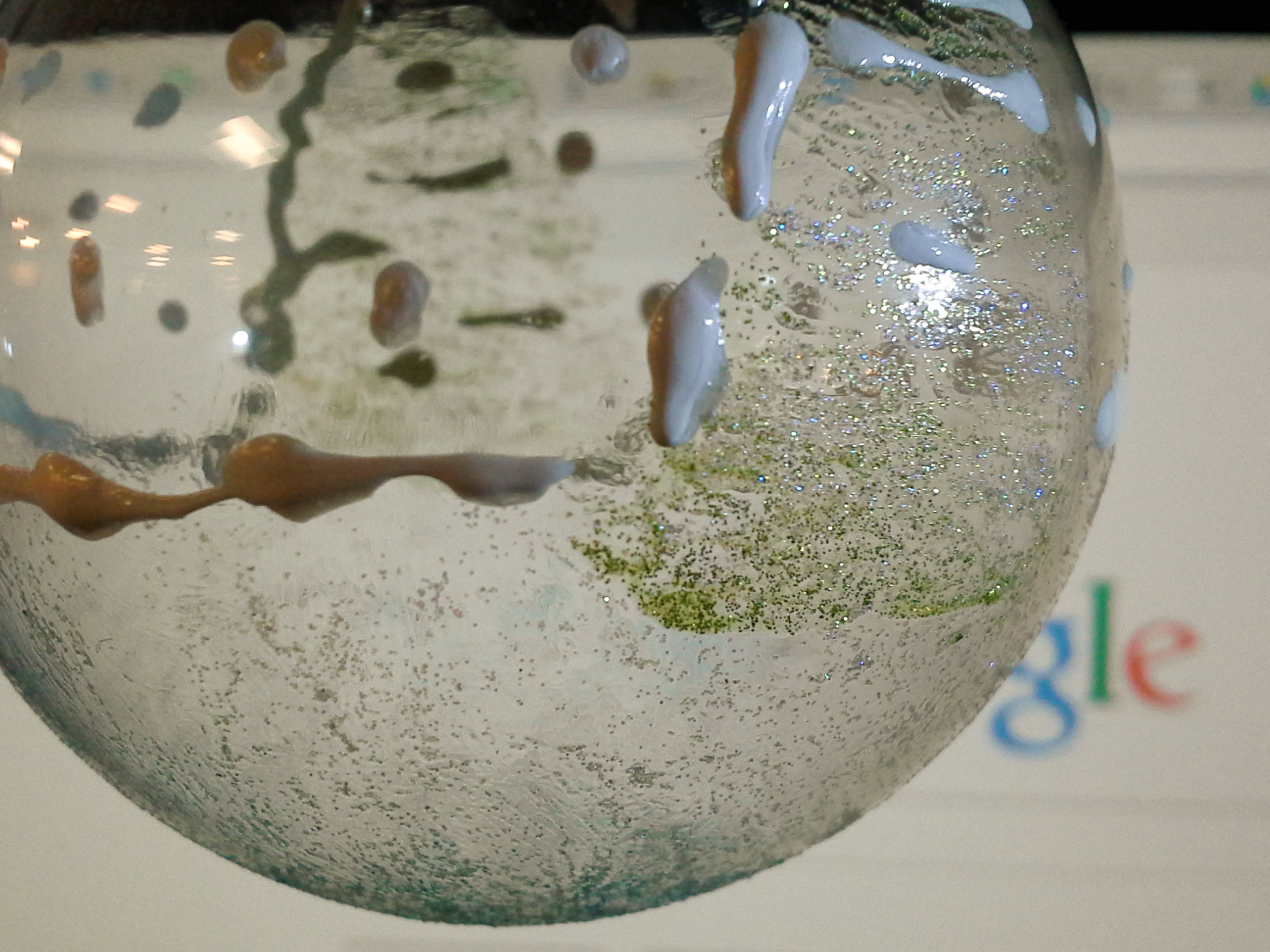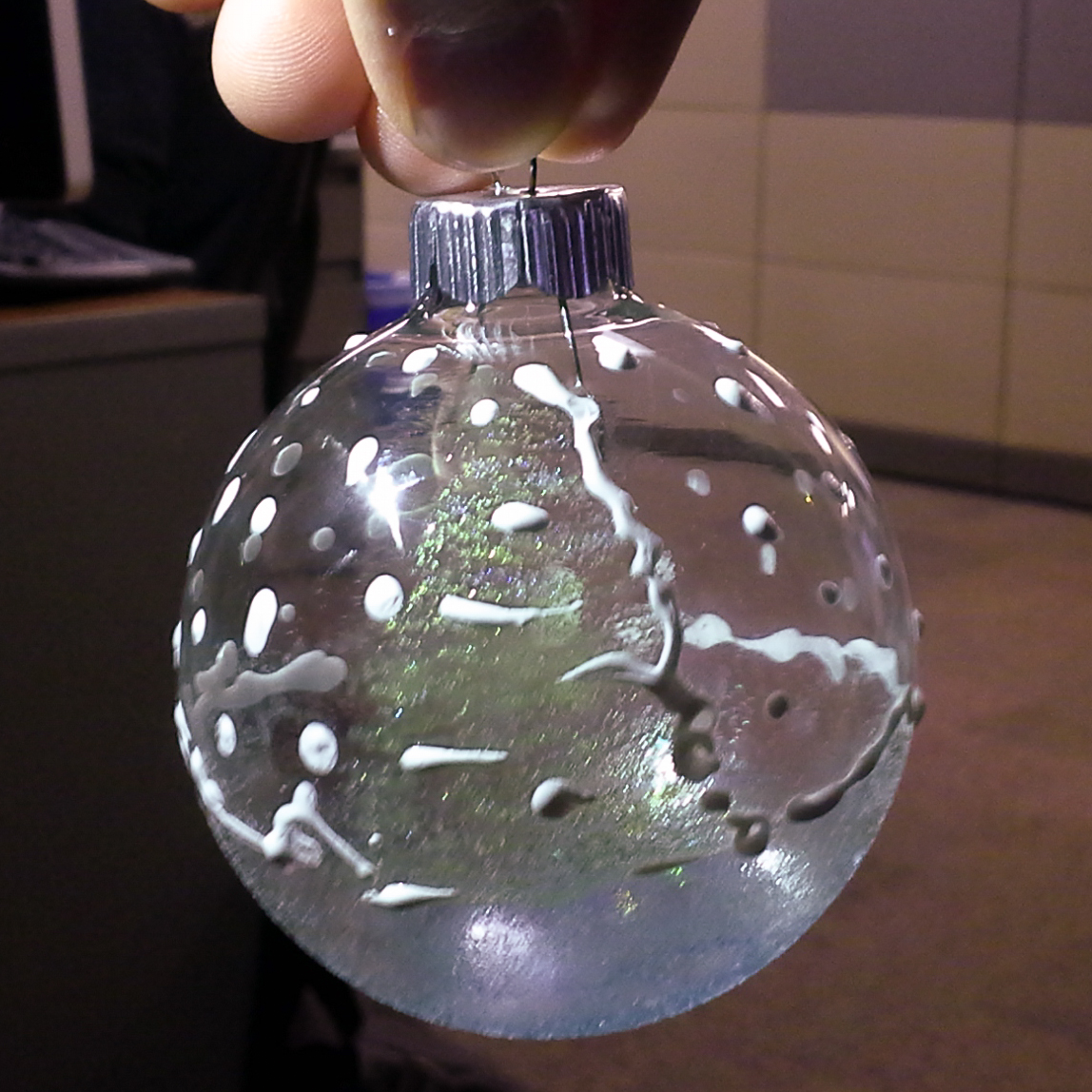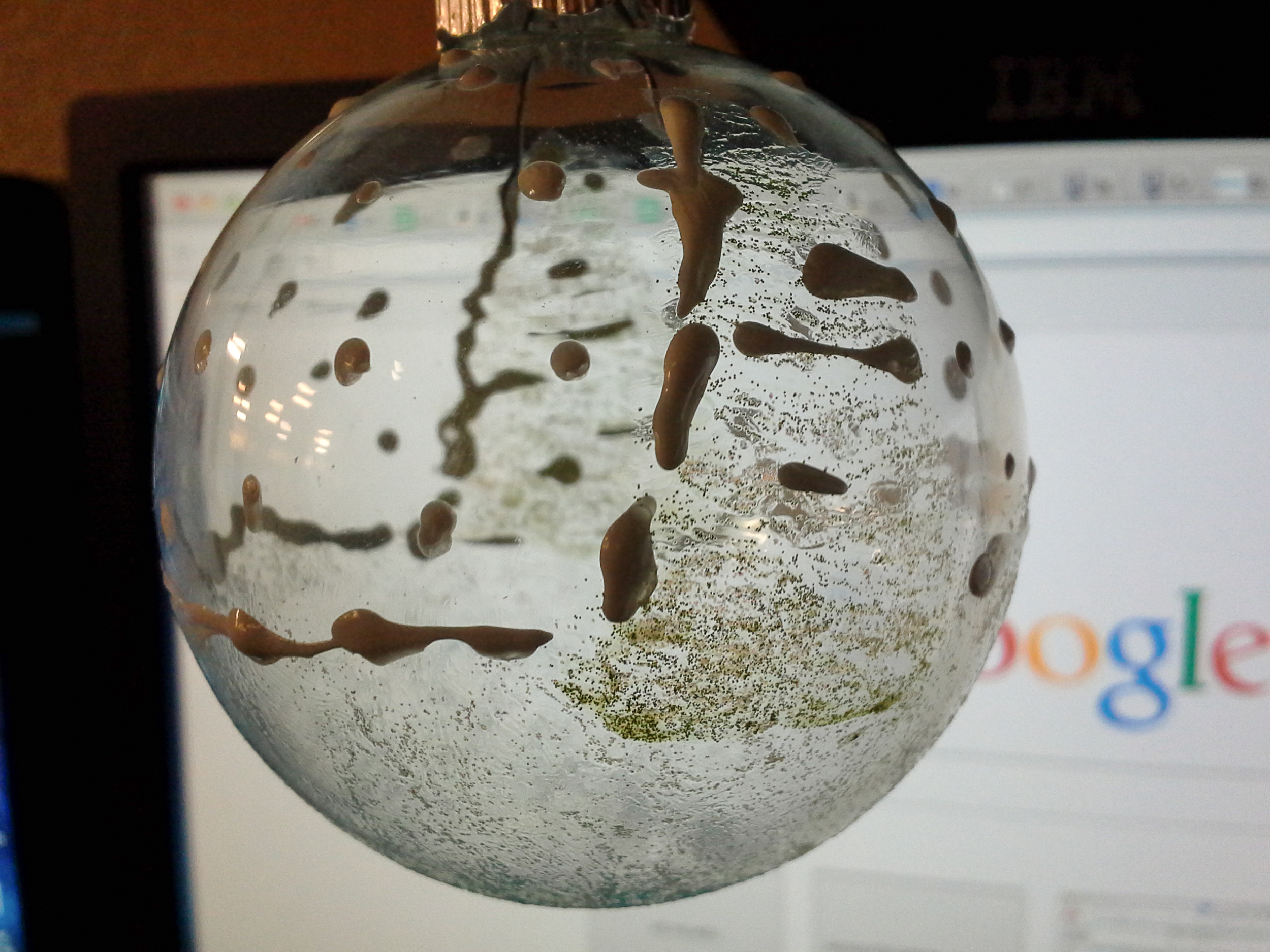On December 1, I got this website up and running and showed up to declare that I would post something every day this month "as a means of accountability for doing things and sharing them with the internet."
Well, here we are at the end of the month and it appears I have accomplished what I set out to do. This month, I have:
- Finished a project that sat undone for a year
- Learned more about my synth, MIDI, and Virtual Instruments
- Shared two food ideas (Tortilla Pizza and Leftovers Loco Moco)
- Tried out some new video editing techniques in two videos
- Recorded a Christmas song
- Built a bed
- Learned more about dreams and fear
As far as my metrics can tell me, that last one I mentioned - the post about dreams and fear - was the most popular post I wrote this month, and I'm not sure why. Maybe people identify with the idea of being afraid to succeed. I don't know, you'll have to tell me in the comments ;)
More generally speaking, what type of posts did you enjoy most, and what do you want to see more of in 2015? I tried to do a variety of things with the blog this month, from straightforward project updates to more reflective, idea-driven posts; from posts focused on what I'm doing to posts highlighting what others are doing. If there's a particular type of post you enjoy most (heh, that rhymed), tell me about it!
Also, now that my big December project is over, what should I tackle next? I'm always open to new suggestions so if there's something you'd like to see me try, tell me about that too! One suggestion was to sculpt something out of something and post it - I love that idea and I'll be doing it sometime in the next month or two.
Lastly: I'll be taking a few days off and then I'll be back to post regularly again. It won't be daily; more likely it will be 2-3 days per week.
It's been a great month! Thanks for being a part of it.








